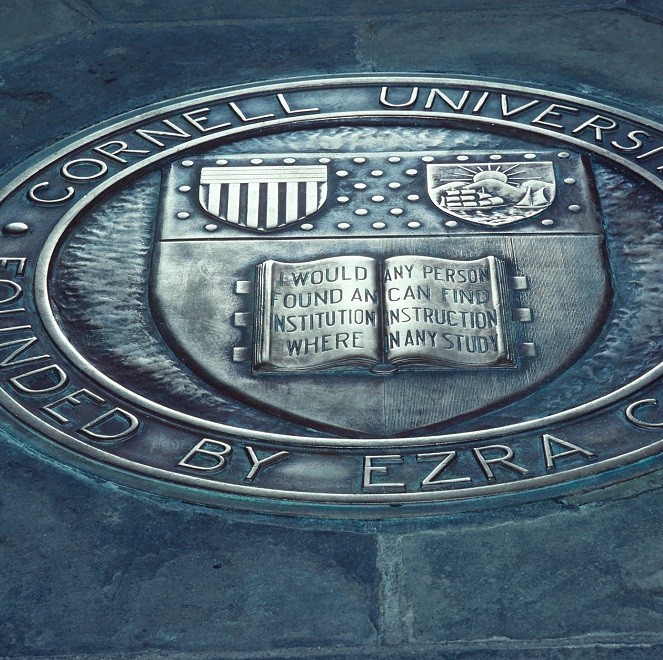News and Events
Full listing
August 20, 2020
August 2020: Cornell researchers, led by KIC member Katja Nowack, used an ultrathin graphene “sandwich” to create a tiny magnetic field sensor that can operate over a greater temperature range than previous sensors, while also detecting miniscule changes in magnetic fields that might otherwise get lost within a larger magnetic background.
July 6, 2020
July 2020: KIC co-director David Muller, the Samuel B. Eckert Professor of Engineering, and his research group have developed a new form of ptychography that uses complex algorithms to achieve faster, more efficient imaging with picometer precision that won’t easily damage samples.
June 26, 2020
June 2020: A Cornell team led by KIC members Kin Fai Mak and Jie Shan has developed a new imaging technique that is fast and sensitive enough to observe elusive critical spin fluctuations in two-dimensional magnets. This real-time imaging allows researchers to control the fluctuations and switch magnetism via a “passive” mechanism that could eventually lead to more energy-efficient magnetic storage devices.
April 17, 2020
April 2020: KIC co-director Paul McEuen, member Al Molnar, have developed microsensors so tiny, they can fit 30,000 on one side of a penny. Equipped with an integrated circuit, solar cells and light-emitting diodes (LEDs) that enable them to harness light for power and communication, each device costs a fraction of that same penny.
March 18, 2020
March 2020: A collaboration led by KIC members Kin Fai Mak and Jie Shan has successfully created a simulator using ultrathin monolayers that overlap to make a moiré pattern. The team then used this solid-state platform to map a longstanding conundrum in physics: the phase diagram of the triangular lattice Hubbard model.
December 23, 2019
December 2019: A collaboration led by KIC member Darrel Schlom has created a new material that will bring clarity and extra bandwidth to the next generation of cellphones and other high-frequency electronics. The material is capable of operating at frequencies up to 125 GHz, well above the desired 30 GHz for the next wave of 5G and even 6G cell service. The tunable dielectric could also be used for defense applications such as electronic spoofing, in which a signal is deployed to confuse high-frequency radar systems.
November 22, 2019
November 2019: A team led by KIC co-director Paul McEuen and KIC member Itai Cohen is using the binding power of magnets to design self-assembling systems that potentially can be created in nanoscale form.
August 2, 2019: Dr. Stuart Parkin (Director, Max Planck Institute of Microstructure Physics in Halle, Germany) presented a Kavli Distinguished Lecture entitled "Beyond Charge Currents: Spin and ion currents for future data storage and computing technologies."
July 5, 2019
July 2019: KIC member Kin Fai Mak, Associate Professor of Physics, is one of four Cornell faculty members recognized by the White House with a prestigious 2019 Presidential Early Career Award for Scientists and Engineers (PECASE).
June 27, 2019
June, 2019: KIC Member and Professor of Chemistry and Chemical Biology, Héctor Abruña, has been awarded the Frumkin Memorial Medal from the International Society of Electrochemistry in recognition of his outstanding contributions to the field.

